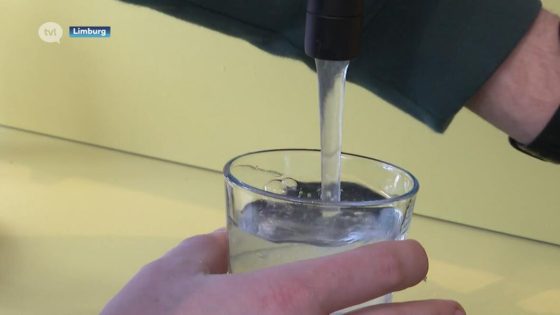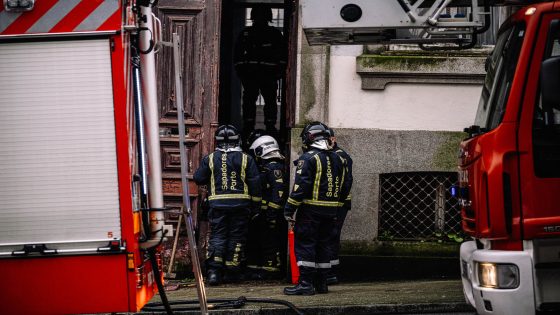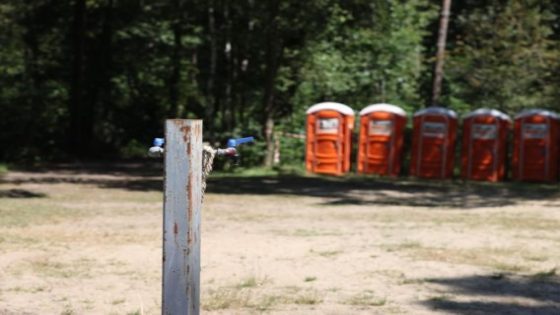On January 25, 2025, thousands of families in Los Angeles County were displaced due to the devastating Eaton Fire, which consumed over 14,000 acres and destroyed approximately 9,400 structures. The fire primarily affected Altadena, a diverse middle-class community in the foothills of the San Gabriel Mountains.
- Thousands displaced by unprecedented wildfires
- Eaton Fire destroyed 9,400 structures
- Donation drives organized for affected families
- Boys prioritized in donation efforts
- Community support from local businesses
- Emotional challenges for fathers during recovery
While the fire is mostly contained, many residents remain unable to return home due to ongoing evacuation orders. Authorities have advised individuals in the area to wear face masks because of air toxins from the fires.
The Eaton Fire has caused significant destruction across Los Angeles County since it ignited earlier this month. In addition to damaging homes, it has led to widespread evacuations and health warnings for residents regarding poor air quality. Many families are seeking temporary shelter while they navigate their recovery options.
Key statistics related to the Eaton Fire include:
- Acreage burned: Over 14,000 acres
- Structures destroyed: Approximately 9,400
- Evacuated families: Thousands
In response to this crisis, various donation drives have been organized throughout Los Angeles by nonprofits and community activists. These efforts aim to provide essential supplies for those affected by the fire. Local businesses have also stepped up; for instance, Monty’s Good Burger provided food assistance at donation events while Levi’s offered custom services for clothing items.
The emotional toll on families is profound as they grapple with loss and uncertainty about their future. Many parents express concerns about how these experiences will impact their children long-term. Community support remains crucial as residents continue their recovery journey following this disaster.
The aftermath of the Eaton Fire highlights both the resilience of affected communities and the importance of collective support during times of crisis. As recovery efforts unfold, continued collaboration among local organizations will be vital in helping families rebuild their lives.































